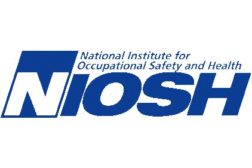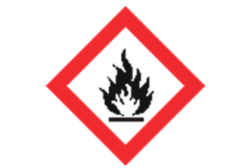Environmental Health and Safety
Educated safety pros versus safety pros with experience – what’s the difference?
A conversation among pros posted on the LinkedIn EHS Professionals discussion forum
May 27, 2014
Reports of worker fatalities during flowback operations
A NIOSH Science Blog post
May 23, 2014
Do you – and your workers – understand the new GHS labels?
Label deadline will take effect next year
May 20, 2014
Become a Leader in Safety Culture
Build your knowledge with ISHN, covering key safety, health and industrial hygiene news, products, and trends.
JOIN TODAYCopyright ©2025. All Rights Reserved BNP Media.
Design, CMS, Hosting & Web Development :: ePublishing





